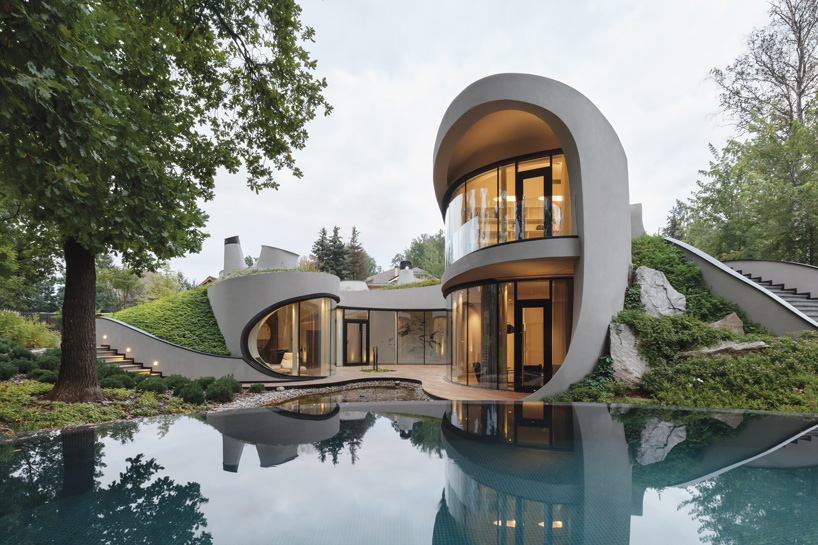Why CDA Architects Are Leaders in Architectural Style and Advancement
Why CDA Architects Are Leaders in Architectural Style and Advancement
Blog Article
An Extensive Introduction of Building Designs and Their Impact on Modern City Preparation and Advancement
Building styles have actually long offered as a mirror to the societal worths and technological advancements of their time, playing a crucial duty in shaping contemporary city planning and advancement. From the splendour of Neoclassicism to the practical technique of Brutalism, each style has actually introduced unique principles that influence city looks and functionality.
Historic Introduction of Building Designs

As cultures transitioned via the Middle Ages, Gothic architecture arised, identified by its verticality and elaborate detailing, matching the spiritual ambitions of the age. The Renaissance marked a rebirth of classic perfects, combining art and style in cutting-edge methods that influenced succeeding designs across Europe.

Today, building styles remain to advance, driven by globalization and sustainability issues, mirroring a dynamic interplay in between heritage and innovation. This historical introduction underscores the importance of style as a mirror of social evolution and as a driver for city development.
Key Architectural Styles Explained
The variety of architectural designs mirrors the myriad impacts that shape our developed atmosphere, each personifying distinctive characteristics and cultural relevances. Trick building designs consist of Classical, Gothic, Baroque, Modernism, and Postmodernism, each representing distinct historical contexts and aesthetic approaches.
Timeless style, rooted in old Greece and Rome, stresses proportion, percentage, and the use of columns (cda architects). In contrast, Gothic architecture, thriving in the center Ages, is defined by pointed arches, ribbed vaults, and flying buttresses, creating an angelic high quality in basilicas. Baroque design, emerging in the 17th century, is marked by splendour, fancy ornamentation, and a dynamic interplay of light and darkness
Innovation, which got energy in the early 20th century, prioritizes function over kind, making use of brand-new products like steel and glass to produce minimalist structures. Postmodernism, responding versus the austerity of Modernism, embraces eclecticism and historical referral, usually including lively aspects and irony.

Influence on Urban Planning
In shaping the development of cities, architectural styles substantially affect city preparation choices. The selection of architectural style frequently dictates the looks, capability, and total personality of city settings.
Furthermore, architectural designs can influence zoning laws and land make use of plans. Urban organizers have to consider the dominating building fads when making areas, making sure that brand-new advancements balance with existing structures. This consideration fosters natural city landscapes and boosts neighborhood identity.
The application of particular architectural designs can additionally influence socioeconomic elements within a city. High-end modern styles may bring in upscale residents and businesses, leading to gentrification, while a lot more cost effective housing remedies may prioritize sensible and sustainable layouts to fit varied populations. cda architects. Ultimately, the interaction between building styles and metropolitan planning produces dynamic cities that show both historical context and contemporary demands, shaping the lived experiences of their inhabitants
Sustainability and Modern Design
Architectural styles play a crucial function in resolving contemporary challenges, specifically in the realm of sustainability. As metropolitan locations expand and ecological concerns increase, modern design progressively welcomes sustainable style concepts that prioritize energy performance, resource conservation, and marginal ecological effect.
Contemporary building activities, such as biophilic design and eco-friendly style, advocate for structures that balance with their environments, utilizing natural materials and advertising biodiversity. These designs often integrate renewable resource sources, such as solar panels and wind turbines, to minimize dependence on nonrenewable fuel sources and lower carbon footprints.
Furthermore, the combination of innovative modern technologies, such as smart building systems, enhances energy administration, enhancing source use while making certain owner comfort. Innovative water management techniques, including rainwater harvesting and greywater recycling, additional add to sustainable urban atmospheres.
Notably, sustainability extends beyond ecological problems; it incorporates social and financial measurements. By promoting community well-being and promoting inclusivity, modern architectural styles line up with lasting growth goals. Consequently, the evolution of building practices proceeds to form resistant cities that not just fulfill the needs of the here and now however also safeguard the future for generations ahead.
Neighborhood Engagement in Layout
Neighborhood engagement in layout acts as an important bridge between engineers and the great post to read populations they serve, making certain that the developed environment mirrors the requirements and aspirations of its individuals. This collaborative procedure invites area members to contribute their insights and choices, fostering a feeling of ownership and duty toward the rooms they occupy.
Reliable neighborhood involvement utilizes numerous techniques, such as workshops, studies, and public online forums, to collect diverse point of views. These approaches assist in a two-way dialogue, enabling engineers to understand neighborhood contexts while empowering citizens to voice their issues and needs. This inclusivity not only improves the layout quality however additionally promotes social equity by attending to the one-of-a-kind challenges dealt with by marginalized teams.
Furthermore, neighborhood involvement can lead to ingenious remedies that might not emerge in a standard layout process. By integrating regional understanding and social worths, architects can see this create areas that reverberate even more deeply with customers, enhancing usability and sustainability. Eventually, focusing on neighborhood involvement in layout procedures results in environments that nurture social interactions, support wellness, and enhance area connections, therefore playing a pivotal function fit contemporary city landscapes.
Final Thought
Building styles have actually greatly influenced modern city preparation and advancement, reflecting evolving social and technological contexts. As cities proceed to expand and adjust, the ongoing discussion in between architectural heritage and modern-day style principles will certainly stay essential in developing inclusive, vibrant rooms that improve top quality of life click to read and advertise social equity.
Report this page